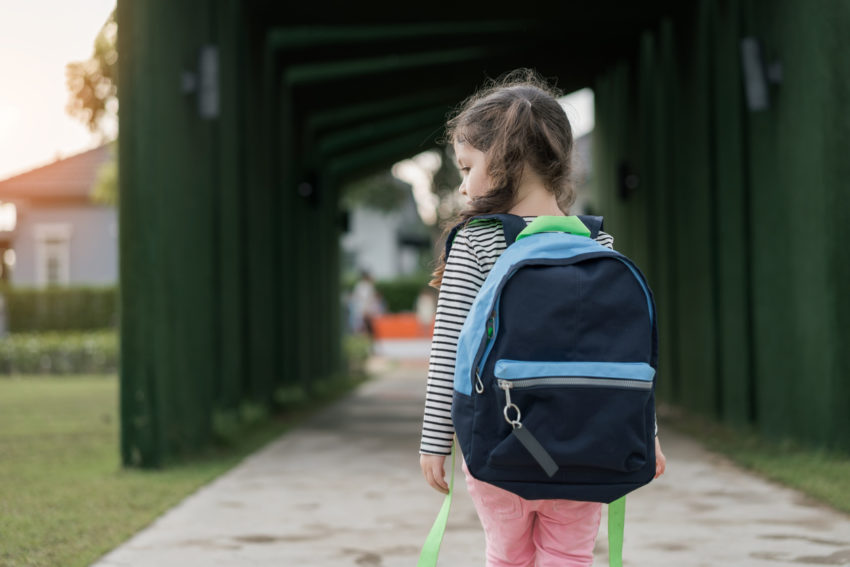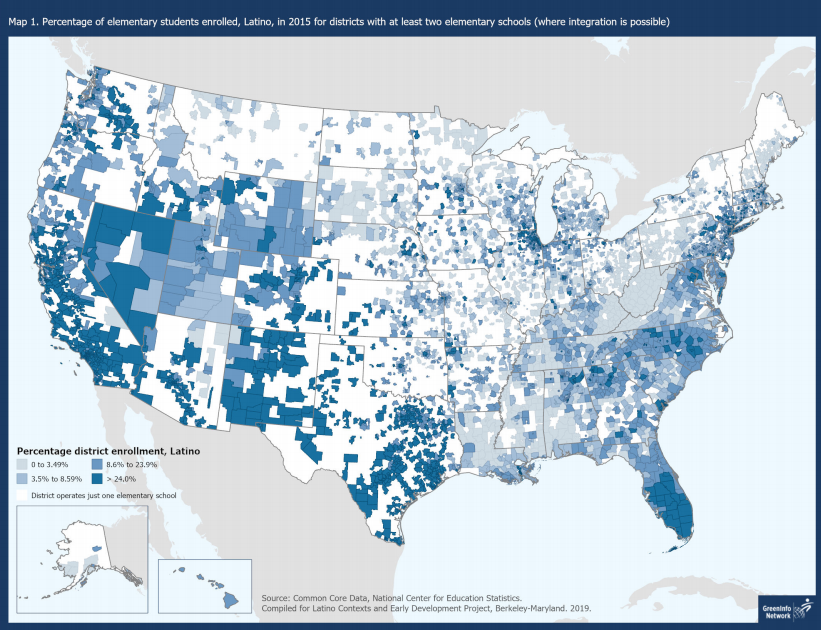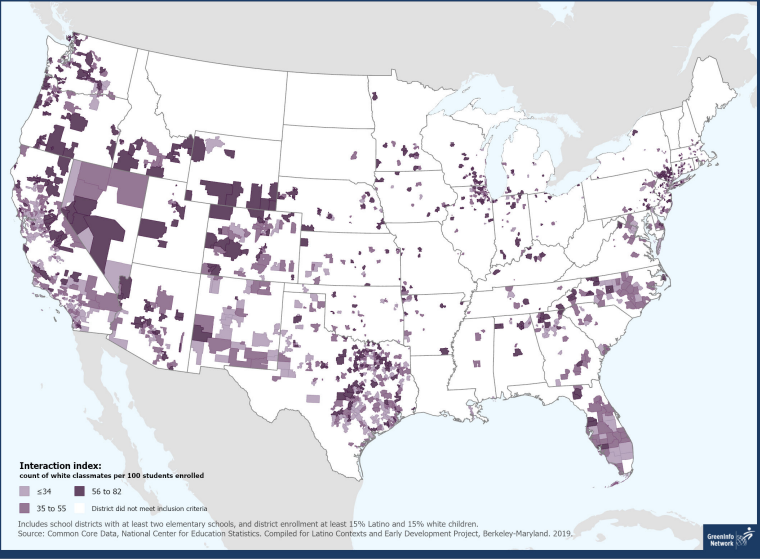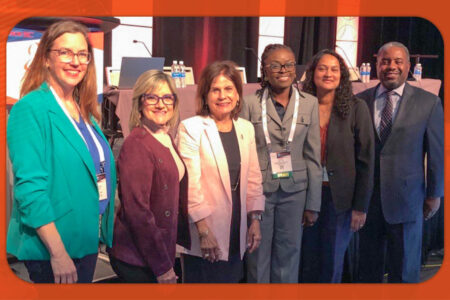
Share On Social!
Latino children are likely to enter elementary schools this year with fewer white peers than a generation ago, a sign of increasing school segregation, according to researchers in the journal Educational Researcher.
In 1998, U.S. Latino children attended elementary schools in which nearly 40% of their classmates were white.
That percentage fell to just 30% in 2010.
Segregation grows into severe isolation in large urban school districts. In the nation’s 10 poorest districts, Latino elementary students attended, on average, schools that were just 5% white—down from 7% white in 1998.
“It’s essential that we consider hard evidence as the nation debates questions of fairness, segregation, and immigration,” according to study co-author Claudia Galindo of the University of Maryland, and a former Salud America! grantee, in a news release. “Our findings show increasing racial separation for Latino children.”
The Study’s Alarming Findings on Segregation
Today, Latino kids make up more than one quarter of the 35.5 million students attending elementary schools.
A group of researchers from the University of California, Berkeley, University of Maryland, and UC Irvine wanted to identify levels of segregation. They examined the racial composition of school matriculations in more than 53,000 elementary schools between 1998 and 2015. They verified findings from nationally representative samples of more than 7,200 kindergartners drawn in 1998 and 2010.

Segregation has worsened over time, they found.
They also found:
- Educational attainment of Latino parents is growing rapidly, despite the worsening racial segregation of their children. The share of Latino mothers born in the U.S. completing some college or more rose from 44% to 58% over the study period.
- Children of immigrant Latino parents remain in the most racially segregated schools
- Kids of native-born Latina mothers in 2010 attended schools where, on average, only 10% of their classmates came from non-English-speaking homes.
“Children of immigrant parents remain in starkly isolated schools,” Galindo said. “This stands in vivid contrast to the slowly improving picture for many native-born Latinos.”
A Ray of Hope in the Findings
Despite the increasing segregation among Latino students, “many parts of the country are better integrating poor and middle-class youngsters, a sign that we can make progress,” Galindo said.
The study found that the likelihood that a randomly chosen low-income child would attend school with a middle-class schoolmate climbed between 1998 and 2010 climbed from 40% to 50%.
Past studies show that students from low-income backgrounds benefit when learning beside middle-class peers.
“Prior research has found that the top 5 percent of income-earners are moving farther from the rest of us,” said study coauthor Bruce Fuller, a sociologist at the University of California, Berkeley, in a press release.. “Our study does not address that, but finds increased integration between low- and middle-income elementary school students, especially in suburbs.”
“Set amidst high levels of racial segregation, the widening economic integration of students offers an unexpected surprise.”
What Schools Are Doing to Integrate

The researchers note that city leaders across the country are revisiting strategies for integrating schools.
- Los Angeles is expanding magnet schools and dual-language immersion programs.
- Chicago now experiments with merging schools that experience declining enrollment, blending diverse student populations.
- New York City is struggling over how to integrate their public schools, including competitive-admissions high schools.
“These mixed signs of progress and backsliding on the integration of Latino children may inform the presidential campaign as Democratic candidates sharply debate how to fairly distribute the benefits of public schooling,” Fuller said.
What Else Can We Do?
Even as progress is made, more work remains:
- Latino youth have higher rates of poverty and bigger gaps in education and healthcare than their white peers, according to a recent report.
- Latinos face discriminatory policies and barriers to social support, healthy food, and more, according to Salud America! research reviews.
- Housing segregation like redlining continues to occur, according to a Salud America! research review.
Fortunately, a new report from ChangeLab Solutions can help communities advance a local agenda to ensure health equity for everyone. The Blueprint report offers key policies and legal strategies on five underlying realities behind health inequity.
You can make a difference for health equity—even if you aren’t in an elected office.
Parents and residents play a big role in helping leaders make change.
“These individuals can join neighborhood associations and local committees, boards, and commissions,” according to our write-up. “These groups rely on your input to shape plans and policies that impact health in your area.
Explore More:
Understanding & Reducing PovertyBy The Numbers
23.7
percent
of Latino children are living in poverty



